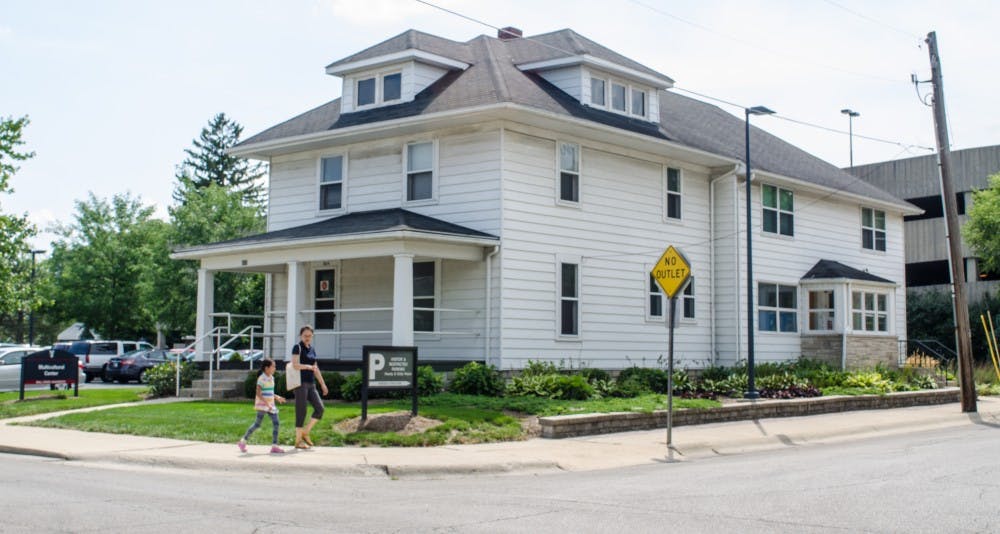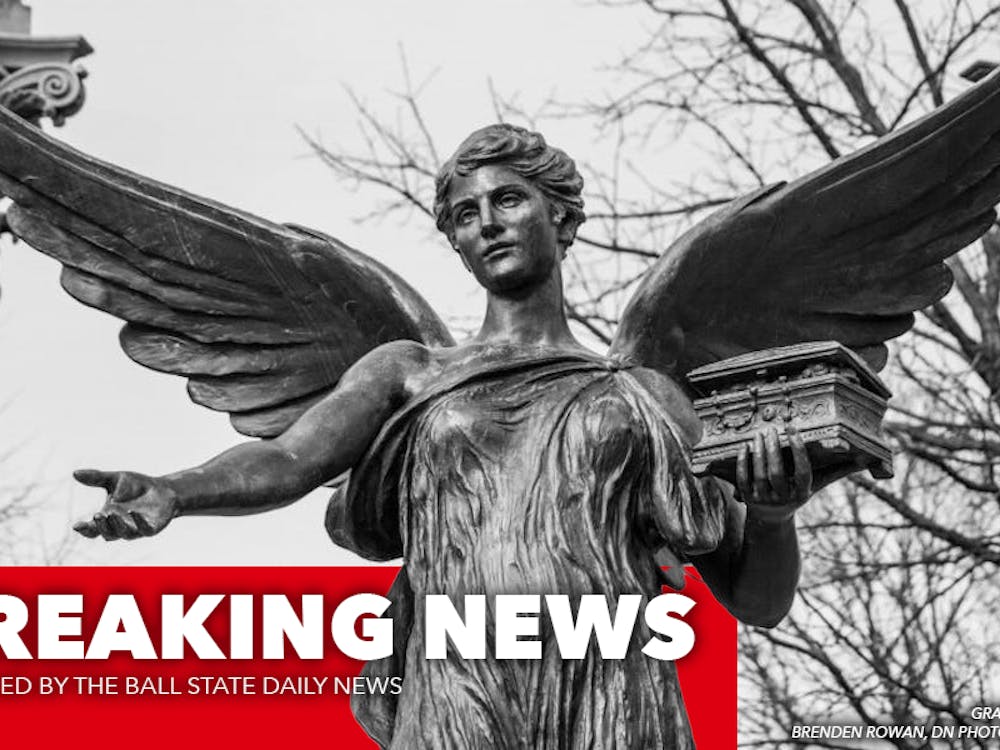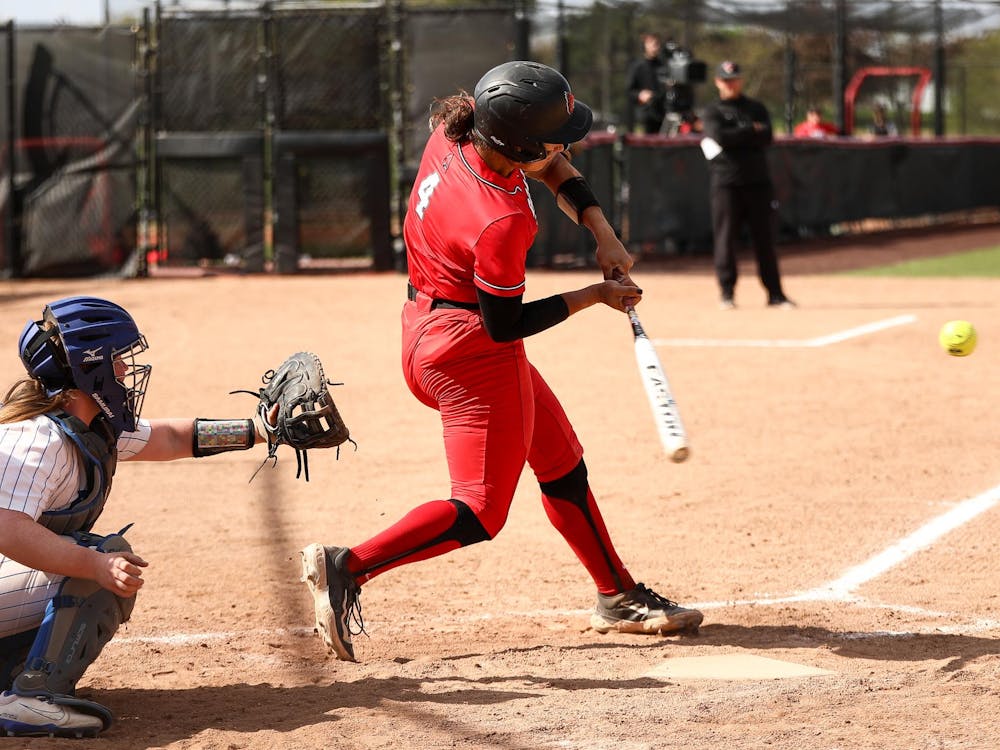When first built in 1934, the Multicultural Center was a two-story residential structure, however, its purpose morphed in the early 1970s to “respond to the requests of African-American students who wanted a place of solidarity and support on campus,” according to the center’s about page.
The 4,000-square-foot building, then known as the Special Programs House, became dedicated to serving minority students.
Over four decades, the program was renamed four times. The name changes, according to an interview with former Director of the Multicultural Center, Patricia Lovett, were to include more of the campus community.
RELATED: Multicultural Center: Education and inclusion
Around 2000, the program went under its final name change and became the Multicultural Center. Throughout the years, it has maintained its size and location — southeast of the Student Center. However, in May 2018 the Ball State Board of Trustees approved the construction of a new Multicultural Center.
RELATED: Board of Trustees gives go-ahead to plan new Multicultural Center
The new center, which will be located east of Bracken Library, will measure 10,500 square feet and feature “amenities designed to assist and support all students and to promote diversity and inclusion,” according to a press release.
Work on the $4-million facility is slated to break ground in 2019. However, the board has yet to approve the design of the project, which will be unveiled at a future meeting, according to the release.
Over the last five years, Ball State has seen a 4.8 percent increase in undergraduate minority enrollment, according to Ball State University factbook data. In Fall 2017, 20 percent of new freshman were part of an underrepresented population, which set an institutional record for the university, according to a release.
“I hope that the center continues to represent a space that is a home for students and that when they return as alumni they will remember it as a place where they were supported, challenged, and inspired,” said Melinda Messineo, interim associate vice president of institutional diversity, in an email. “I also hope that it becomes a symbol of diversity, equity and inclusion and inspires us to the highest ideals.”
Additionally, Messineo said the new building “helps embody the values of Beneficence and keeps Diversity, Equity and Inclusion a forethought, not an afterthought.”
Though no longer hosted in the Multicultural Center, the university’s Big 4 organizations, Asian American Student Association (AASA), Black Student Association (BSA), Latinx Student Union (LSU) and Spectrum, all spend time at the center, whether it’s for programming, events or general body meetings.
However, lack of space restricts how some organizations like BSA are able to use the size, which has caused a lot of frustration for BSA President KeAyra Williams, who said her views don’t necessarily represent the rest of the organization.
“It’s annoying because it’s like, OK, literally the Multicultural Center, it’s been here for a long time, and it’s been serving minority students for more than 40 years at this point. So, it’s like, why have we not gotten to a larger space? So, just that feeling of annoyance that we can’t go in there or that we can’t really utilize the space like we want to,” Williams, who has been a member of BSA for four years, said.
The creation of a new center made it seem like students were finally being heard, after so many years of students saying the center and its resources are old, she said. In addition to building up a stronger library, adding a lounge space and making hours more flexible, Williams said she thinks adding resource centers would be beneficial to the Multicultural Center.
“Having just a general Multicultural Center, it’s not specific enough. We need to make sure that we have enough resources in there, not just the resource centers itself, but staffing, people that can adequately assist in the minority student experiences because there’s so many different ones,” Williams said. “I think it’s beneficial that we’re all represented in there individually, and we have proper staffing and mentors to work in that building that can really help and guide us throughout our college career.”
Some universities, like Purdue, have individual resource centers for various minority groups of campus, including the Asian American and Asian Resource and Cultural Center, the Black Cultural Center, the Latino Cultural Center, the Lesbian, Gay, Bisexual, Transgender and Queer Center and the Native American Educational and Cultural Center.
“If our Multicultural Center was really more up-to-date and if it was larger in space, that could be somewhere where minority students come and hang out and that could’ve been a way where I could’ve made friends and kind of opened up more,” Williams said. “I think it kind of would’ve set out those feelings of isolation and the feeling that I didn’t belong because I was at a PWI (predominantly white institution).”
The new center, “in a perfect world,” would include individualized resource centers for minority populations on campus, said Brooklyn Arizmendi, Spectrum president. The center would allow members of Spectrum to access resources beyond the student-run organization.
“I think the Multi has done its best with what it currently has, but of course it would do more with a better space and other accommodations,” Arizmendi said in an email. “Considering that it was tight having just the beginning population of Spectrum, which isn’t even the normal size of BSA, how could it truly fulfill being a hub for minority students?”
While the size of the Multicultural Center is an issue, Arizmendi said wheelchair users can’t access resources, like the Malcolm X Library, that are currently housed on the second floor of the building.
In addition to broadening resources, Jamie Rodriguez, LSU president and Isabella Gandy, AASA president, said having staff in the center to work one-on-one with students and their families or to act as a counselor who would help the student become acclimated to Ball State, would be a welcome amenity.
Contact Mary Freda with comments at mafreda@bsu.edu or on Twitter @Mary_Freda1.





